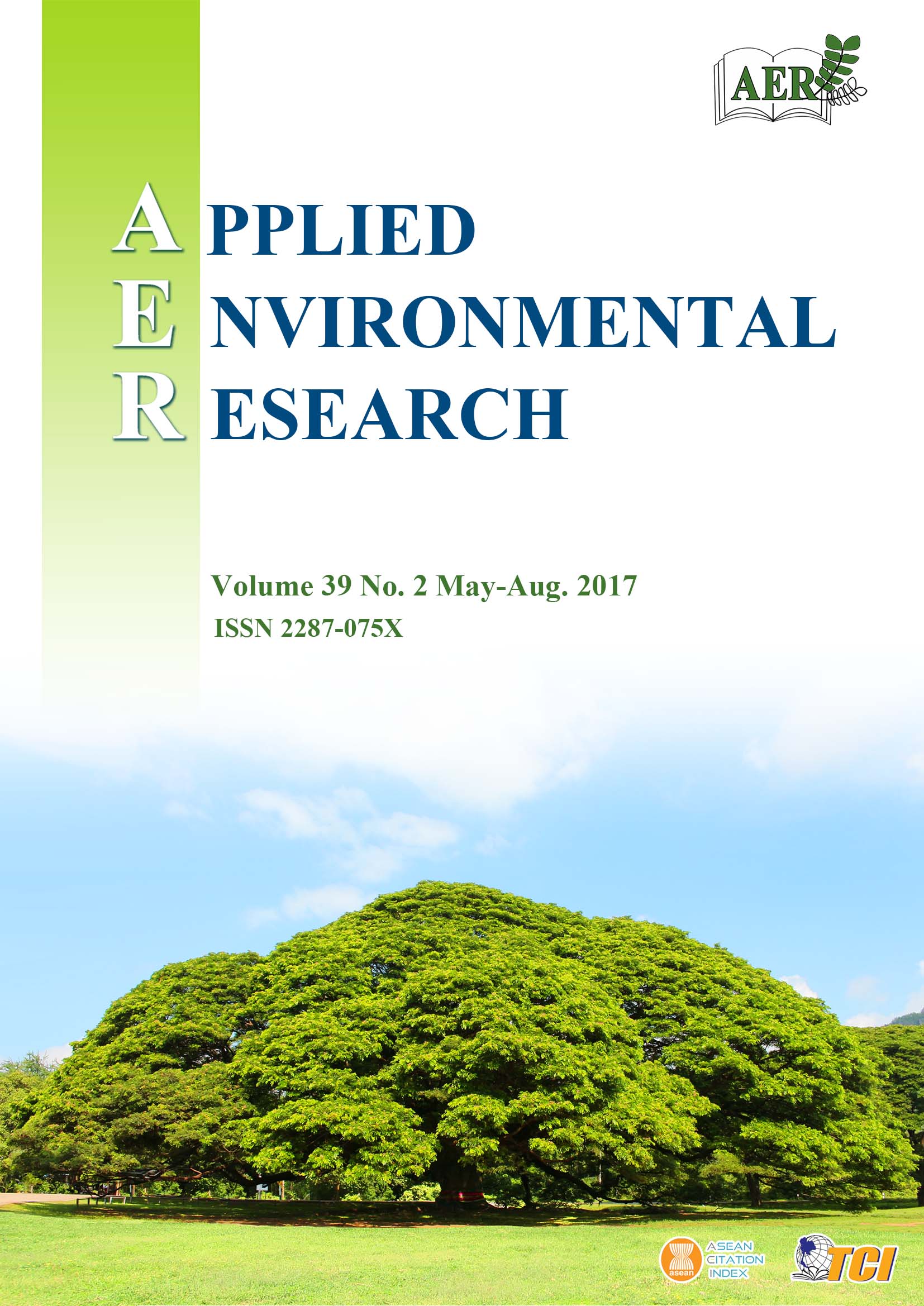Bioaccumulation of Heavy Metals using Selected Organisms Isolated from Electronic Waste Dumpsite of two South-Western States in Nigeria
Main Article Content
Abstract
Heavy metals from electronic wastes can accumulate to alarming concentrations in soils, causing significant detrimental impacts on human life and the environment. Bioaccumulation of heavy metals by bacteria and fungi has been a major focus of most bioremediation studies owing to the excellent metal-binding properties. The current study was conducted to isolate the most promising Zn, Cu and Pb tolerant microorganisms from contaminated soils, and to assess their metal accumulating abilities. Bacillus licheniformis, B. polymyxa, Pseudomonas aeruginosa, Micrococcus roseus, Aspergillus niger and A. flavus were selected for the bioaccumulation study, based on their known tolerance to heavy metals. Bacillus licheniformis was most efficient in the removal of Cu (71.3 %) and Pb (70.1 %). Pb accumulation for Aspergillus flavus was 65.76 %. Zn accumulation for Pseudomonas aeruginosa and Aspergillus niger were 74.1 % and 78.3 %, respectively. This study concluded that all these microorganisms have potential for bioremediating soil environments contaminated with heavy metals.
Article Details

This work is licensed under a Creative Commons Attribution-NonCommercial 4.0 International License.
Published articles are under the copyright of the Applied Environmental Research effective when the article is accepted for publication thus granting Applied Environmental Research all rights for the work so that both parties may be protected from the consequences of unauthorized use. Partially or totally publication of an article elsewhere is possible only after the consent from the editors.

